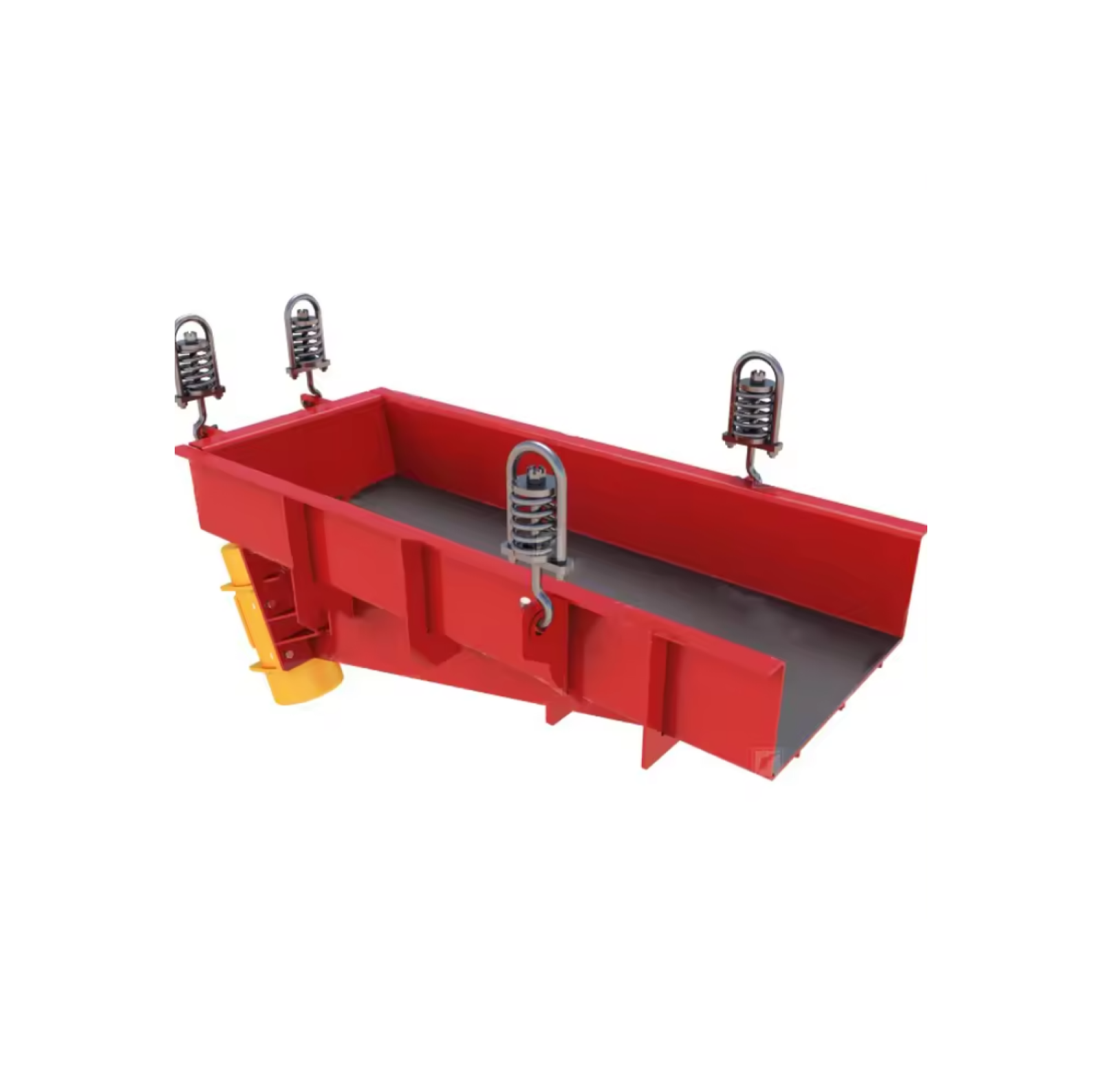
In today's fiercely competitive market environment, companies must find effective ways to improve production capacity and product quality. Due to its efficient separation characteristics, the rotary vibrating screen has become an important tool for optimizing the production process. This article will explore how to use rotary vibrating screen technology to help companies achieve sustainable development goals.
The rotary vibrating screen uses the excitation force of the vibration motor to layer the materials on the surface of the screen, thereby achieving effective separation of materials with different particle sizes. Its working process is not only efficient, but also ensures the consistency and accuracy of material screening.

When selecting a rotary vibrating screen model, companies need to consider the following factors: material properties, production requirements and screening purposes. According to different material characteristics, select the appropriate mesh size and screening area to ensure the best screening effect.
By adjusting screening parameters such as vibration frequency, amplitude and feeding angle, the screening efficiency of materials can be significantly improved. Reasonable parameter settings can reduce the time that materials stay on the screen, thus speeding up the production process.

Through actual cases, we saw that after a company implemented a rotary vibrating screen, its production capacity increased by 30%, and its product qualification rate also increased from 85% to 95%. This significant improvement not only reduces production costs, but also enhances market competitiveness.
As an important piece of equipment in modern production, rotary vibrating screens provide strong support for enterprises with their efficient screening capabilities. By rationally selecting models and optimizing screening parameters, companies can not only improve production efficiency, but also ensure product quality, thereby occupying a favorable position in the market.

